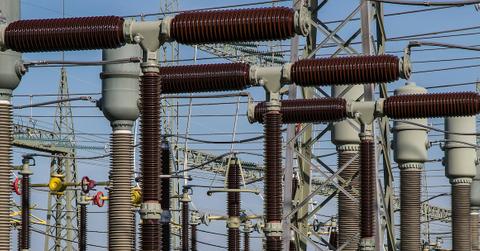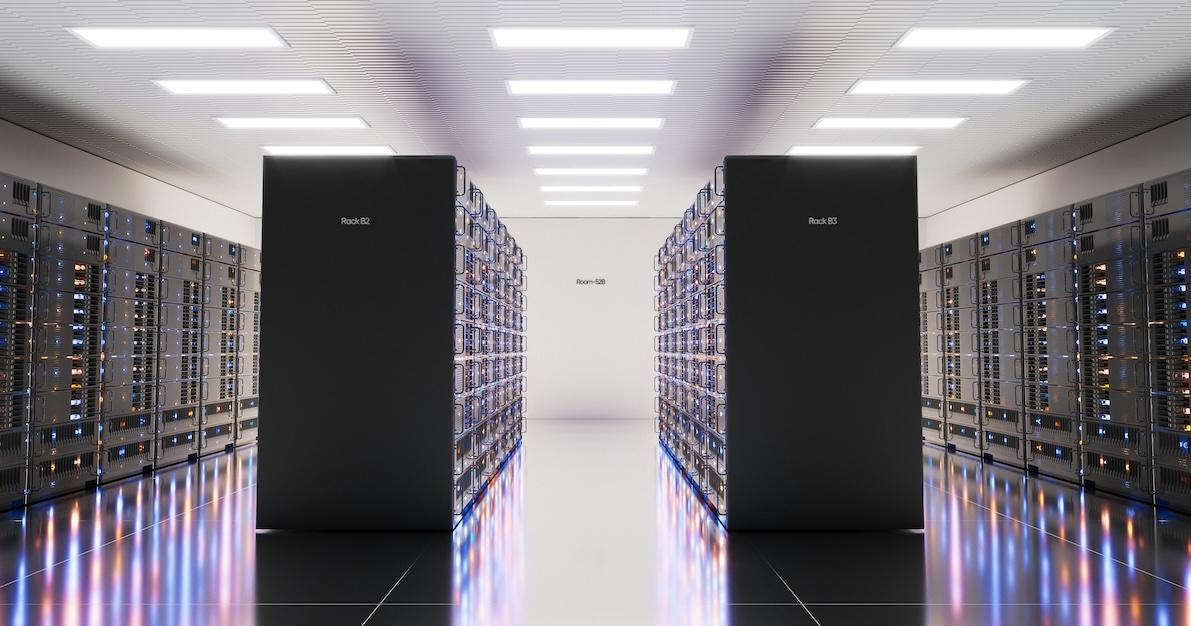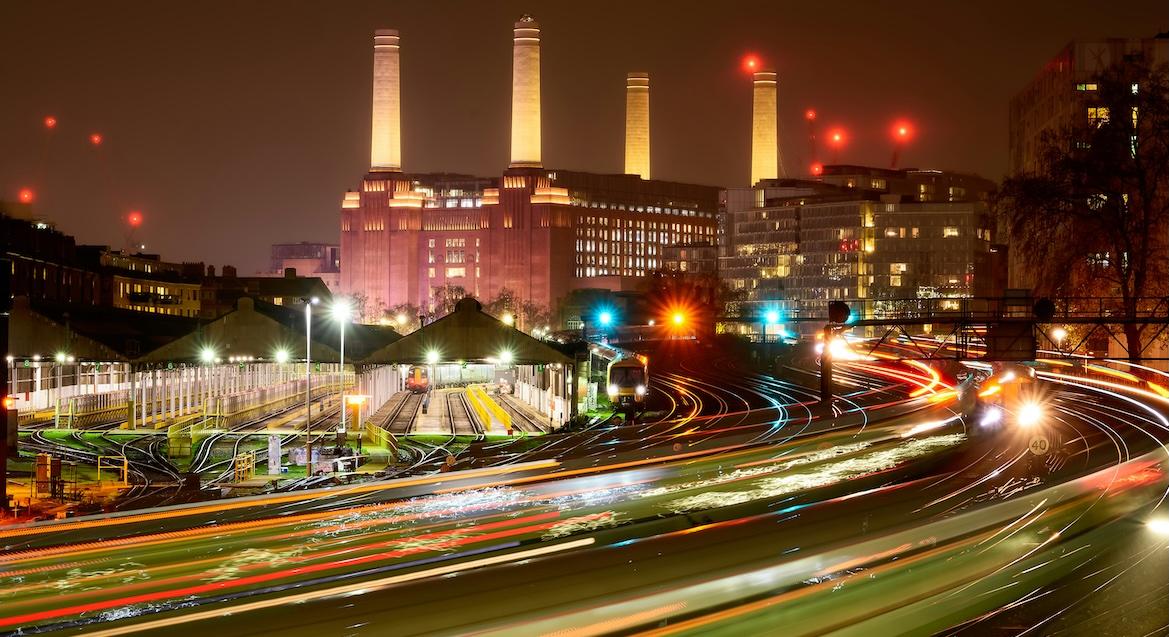Three Strategic Moves for Cleanly Powering AI Data Centers
Global electricity demand from data centers and AI operations is projected to more than double by 2030.
Published Nov. 4 2025, 4:22 p.m. ET

While the AI revolution is reshaping the digital economy, it is also putting tremendous strain on the U.S. power grid. Global electricity demand from data centers, AI, and cryptocurrency operations is projected to more than double by 2030, reaching over 945 terawatt-hours (TWh), roughly the current annual electricity consumption of Japan. By 2035, it could surpass 1,700 TWh if AI adoption continues at pace.
Even as federal priorities signal a renewed push toward fossil fuels in some regions through expanded drilling leases, regulatory rollbacks or permitting reforms, many hyperscalers and infrastructure developers find themselves navigating a very different mandate from their investors and stakeholders: decarbonization.
ESG commitments, shareholder resolutions, and rising scrutiny from institutional capital are driving data center operators to aggressively pursue net-zero goals, even in jurisdictions with ambiguous or conflicting energy policies. This duality between policy headwinds and market-driven sustainability creates both tension and opportunity.
For forward-looking companies, the path ahead involves aligning business strategy with investor expectations by integrating scalable, clean energy solutions into their infrastructure planning from the outset.

In the U.S., data centers alone may soon account for nearly half of electricity demand growth, outpacing even some heavy industries. What may appear to be a daunting surge in electricity demand is, in fact, a pivotal opportunity.
Rather than a technical hurdle, this moment invites the U.S. to reimagine and rebuild an energy system with intention, and one that is cleaner, more resilient, and purpose-built for a digital future.
This transformation is already underway and is being powered by three converging forces: decentralized clean power generation, forward-leaning public policy, and integrated partnerships across the energy and technology sectors.
Data‑center bottlenecks are sparking creative power pairings
Traditional grid interconnections are increasingly a bottleneck. In the U.S., some data center hubs face interconnection wait times of seven years or even longer. Communities near substations often raise concerns about rate increases and grid reliability. As a result, developers are turning to on-site or co-located power strategies that reduce pressure on public infrastructure.

One forward-looking solution is co-locating data centers with “energy parks” composed of solar, wind, and battery storage. Google is already piloting this model in the U.S. Southwest, creating vertically integrated clean energy hubs that can scale with digital demand. Other projects go a step further, integrating hydrogen-powered turbines or fuel cells to lock in intermittent supply and provide long-duration backup.
Where I live in Utah, a new power plant set to launch later this year will operate on 30% hydrogen, ramping to 100% by 2045. This facility is a window into the future of dispatchable, zero-carbon power. Coupled with salt cavern hydrogen storage and electrolyzers powered by renewables, the plant demonstrates how clean hydrogen can stabilize energy supply and meet demand with precision.
What's even more significant is how far hydrogen has come. Historically, hydrogen production was tethered to fossil fuels and often reliant on natural gas through steam methane reforming. Today, breakthroughs in next-generation electrolyzers and plasma-based processes are making it possible to generate hydrogen without fossil fuels and without full dependence on solar, wind, or battery systems.
These innovations untether hydrogen from historical constraints and unlock a new class of energy solutions that are flexible, clean, and unconstrained by the intermittency of traditional renewables.
Policy tailwinds are scaling renewables and hydrogen
Fortunately, capacity is catching up. In 2023, solar made up over 50% of all new U.S. power capacity, with total solar expected to quadruple by 2030. Meanwhile, hydrogen is advancing from niche to viable. The U.S. Department of Energy recently awarded $7 billion to seven regional hydrogen hubs, while the European Commission has now earmarked up to €992 million from its Innovation Fund for 15 renewable-hydrogen projects across five European Economic Area countries. Together, these moves signal strong transatlantic momentum toward large-scale clean-hydrogen development.
These aren’t subsidies for their own sake. They’re structured to taper over time, ensuring only the most efficient projects endure. Business leaders who embrace “subsidy-agnostic” models, evaluating investments with and without incentives, will be positioned to thrive regardless of policy shifts.

Beyond public policy, private capital is playing an increasingly decisive role in advancing hydrogen technologies. Investors who believe in hydrogen's long-term potential are not merely riding the wave of federal incentives; they’re actively shaping the innovation pipeline. From backing novel electrolyzer designs to supporting pilot-scale hydrogen ecosystems independent of legacy fuels, investors are helping de-risk the sector and accelerate commercialization. Their conviction is especially vital in a changing political landscape, where clean energy priorities can shift with election cycles.
By funding resilient, market-viable hydrogen ventures, forward-thinking investors are ensuring that progress continues, even when policy momentum slows.
Alliances fast‑track scale
From renewable generation and electrolyzer infrastructure to storage and distribution, no single company can master the full clean energy stack. That’s why strategic alliances are emerging as the fastest path to scale. Air Liquide and TotalEnergies are co-investing over €1 billion in hydrogen electrolyzers tied directly to offshore wind. The energy is clean, the supply is firm, and the offtake is secured.
These types of partnerships, where companies share margins in exchange for speed and scale, will exemplify the winners of this new energy era.
A CEO's Playbook
For any enterprise operating energy-intensive infrastructure, now is the time to act. Start by securing site-level optionality at your facilities through demonstration-scale clean energy projects. Even a 10–20-megawatt system combining renewables and hydrogen stabilizes power costs and mitigates grid risk.
Then, rigorously test each investment with and without incentives to ensure long-term viability. Finally, build or join alliances that span the full energy value chain from electrons to end use. Hydrogen is no longer a moonshot. It is a market-ready solution propelled by data-center demand, smart policy and cross-sector coalitions. The companies that lead here won’t just power AI. They’ll shape a grid and a global economy built to last.